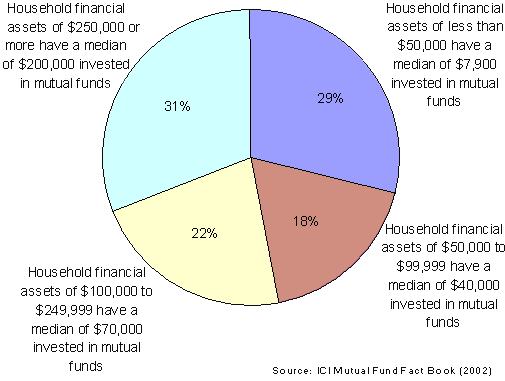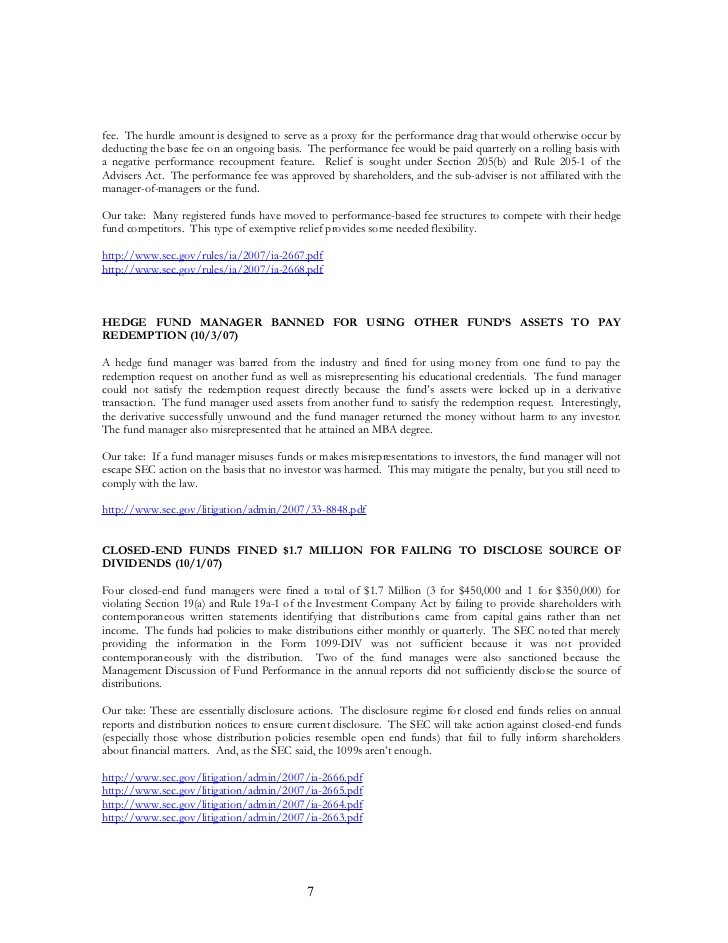ICI Background Information About 12b1 Fees
Post on: 28 Март, 2015 No Comment

Expanding Investor Choice
Innovations in the mutual fund industry have given investors many choices about how and where they purchase mutual fund shares. Some investors prefer to buy mutual funds directly from the company sponsoring them. Others choose to purchase funds through brokers, financial planners, and other financial professionals who provide assistance and advice in selecting funds to help investors reach their long-term goals, such as retirement and education.
The vast majority (approximately 80 percent) of mutual fund purchases are made by investors through financial intermediaries, such as brokers, financial advisers and employer-sponsored retirement plans. Just as investors have a choice in how they buy a mutual fund, they often have options in how they compensate sales professionals for their advice and services.
What Is a 12b-1 Fee?
12b-1 fees, also known as distribution fees, are one component of a mutual fund’s annual fund operating expenses and can be thought of as an alternate way of paying sales-related expenses, such as compensating investment professionals. A fund can have 12b-1 fees only if its board of directors has approved a 12b-1 plan authorizing their payment.
The Purpose of 12b-1 Fees
Rule 12b-1 authorizes mutual funds to use their assets to pay for marketing and distribution expenses, such as compensating sales professionals.
Since their introduction, Rule 12b-1 plans have provided an important addition to the choices investors have in how to pay for their fund shares. The rule allows mutual funds to offer different distribution pricing arrangements to meet the needs of different investors. Many mutual funds make this possible by offering investors various “classes” of shares.
Share classes offer investors a choice in how to pay for a fund. Class A shares generally have a front-end sales charge (“load”) and no, or a low, 12b-1 fee. Class B shares usually have no upfront sales charge but do have a “contingent deferred sales charge” (sometimes referred to as a “back-end” load or sales charge) if shares are sold within a certain number of years; and a 12b-1 fee. After a period of time, B shares typically convert to A shares. Class C shares may have a higher 12b-1 fee, but generally do not have front-end or back-end sales charges. A broker or financial adviser is responsible for recommending a suitable share class for a particular investor. Institute research shows that more than half (63 percent) of all mutual fund share classes have 12b-1 plans and 50 percent of all mutual fund assets are in share classes with 12b-1 plans.

Use of 12b-1 Fees
Percent of total 12b-1 fees
An Institute survey found that covering the costs of compensating broker-dealers for the sale of fund shares and related expenses is the most common use of 12b-1 fees, followed by paying for expenses associated with administrative services provided to existing shareholders by third parties, such as processing shareholder transactions and maintaining shareholder records. Only 5 percent of 12b-1 fees are used to pay for advertising and other sales-promotion activities.
Rule 12b-1 also permits a fund to spread its distribution expenses over several years. When a fund is closed to new investors, it may continue to pay 12b-1 fees to fulfill obligations for past distribution efforts. However, a fund that does not make new sales eventually must reduce or eliminate its 12b-1 fee under applicable regulations.














